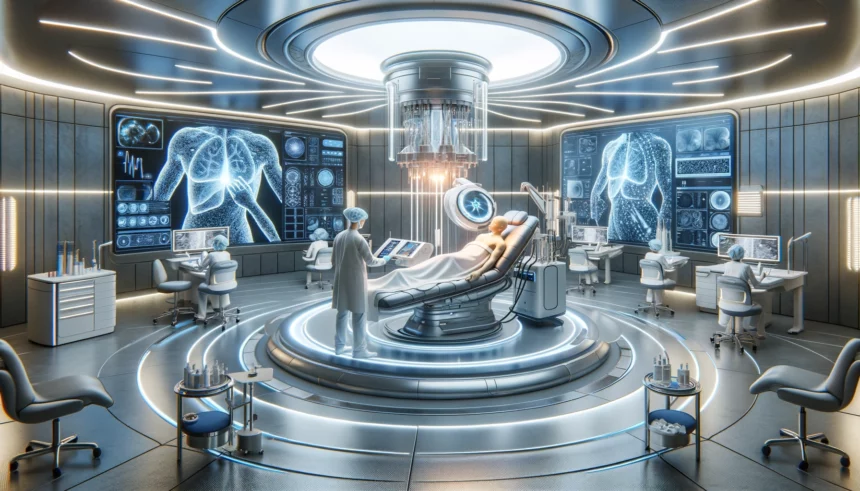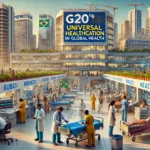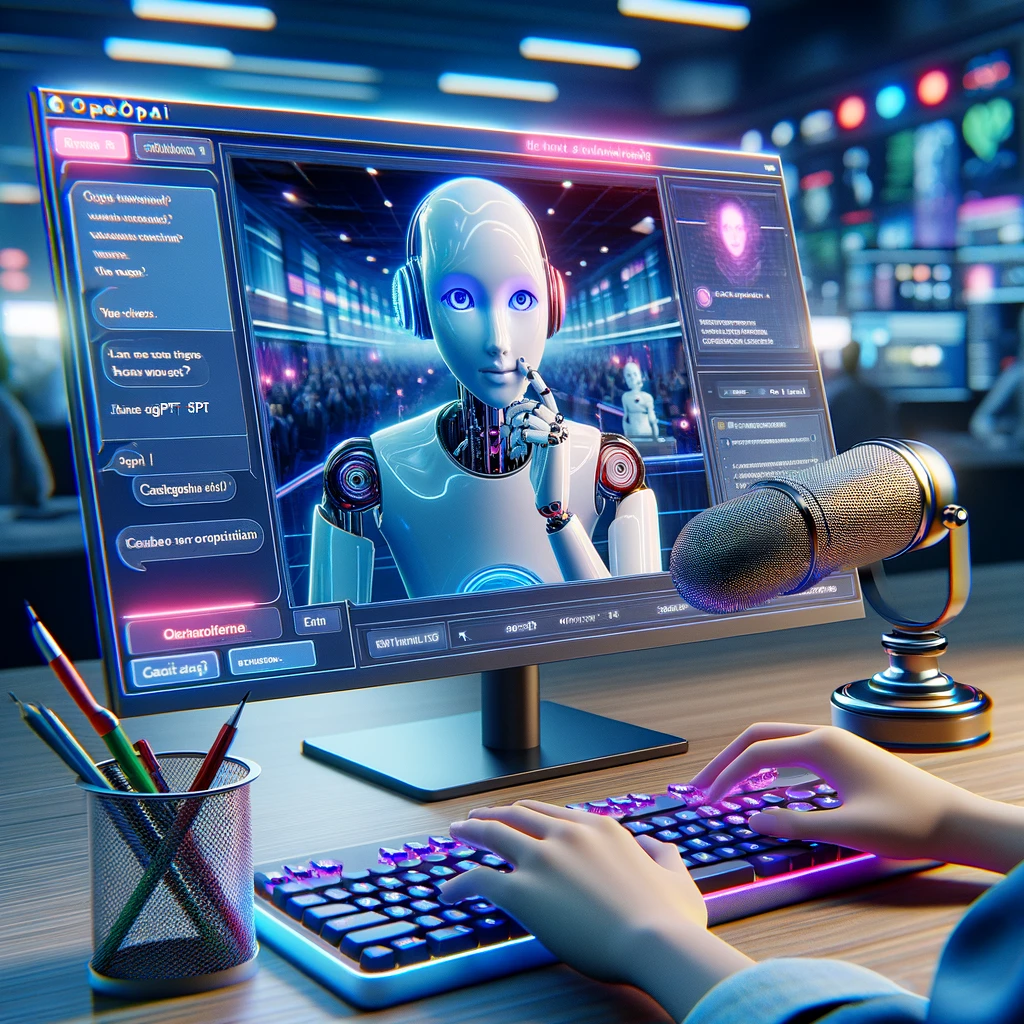In the ever-evolving field of dermatology, significant strides are being made in understanding and treating skin deformities and dystrophies. These conditions, which range from birthmarks and scars to genetic disorders like epidermolysis bullosa, can significantly impact patients’ lives, often leading to physical discomfort, emotional distress, and social stigma. However, innovative research and technological advances are paving the way for revolutionary treatments that promise to transform the lives of those affected.
Current Strategies and Their Limitations
Traditionally, managing skin deformities and dystrophies has involved a combination of topical treatments, surgical interventions, and, more recently, the use of biologics and immunomodulators. While these approaches have provided relief for many, they come with their own set of challenges, including limited efficacy, potential side effects, and high costs. Moreover, certain conditions remain resistant to current treatment modalities, highlighting the need for more targeted and effective solutions.
The Dawn of Innovative Treatments
The landscape of dermatological care is on the brink of a paradigm shift, with researchers exploring novel therapeutic avenues such as regenerative medicine, gene therapy, and nanotechnology. These cutting-edge technologies offer the potential for more personalized and effective treatments, targeting the underlying causes of skin conditions at the molecular level.
Regenerative Medicine: A New Hope
Regenerative medicine, including stem cell therapy and tissue engineering, is at the forefront of innovative treatments for skin deformities and dystrophies. By harnessing the body’s innate healing mechanisms, this approach aims to regenerate damaged skin, offering a ray of hope for conditions previously deemed untreatable. For instance, stem cell therapy has shown promise in promoting wound healing and skin regeneration in patients with severe burns and genetic disorders.
Gene Therapy: Correcting the Root Cause
Gene therapy represents a breakthrough in addressing genetic skin conditions. By delivering healthy genes directly into the affected cells, this method seeks to correct the genetic mutations underlying skin deformities. Early clinical trials have demonstrated its potential in treating conditions like epidermolysis bullosa, marking a significant advancement in dermatological care.
The Role of Nanotechnology and AI
Nanotechnology is another exciting development, enabling targeted drug delivery and improved treatment efficacy with minimal side effects. Concurrently, artificial intelligence (AI) is being leveraged to analyze patient data, predict treatment outcomes, and customize care plans, further enhancing the precision of dermatological treatments.
Looking to the Future
As we venture into this new era of dermatology, the integration of telemedicine and digital health solutions promises to make specialized care more accessible to patients worldwide. The combination of regenerative medicine, gene therapy, nanotechnology, and AI is not only revolutionizing the treatment of skin deformities and dystrophies but also offering a glimpse into a future where these conditions can be effectively managed or even cured.
In conclusion, while challenges remain, innovative research and advances in treating skin deformities and dystrophies are a testament to the resilience and ingenuity of the medical community. As we continue to explore these novel treatment modalities, there is renewed hope for individuals affected by these conditions, promising a future of improved health, confidence, and quality of life.
















